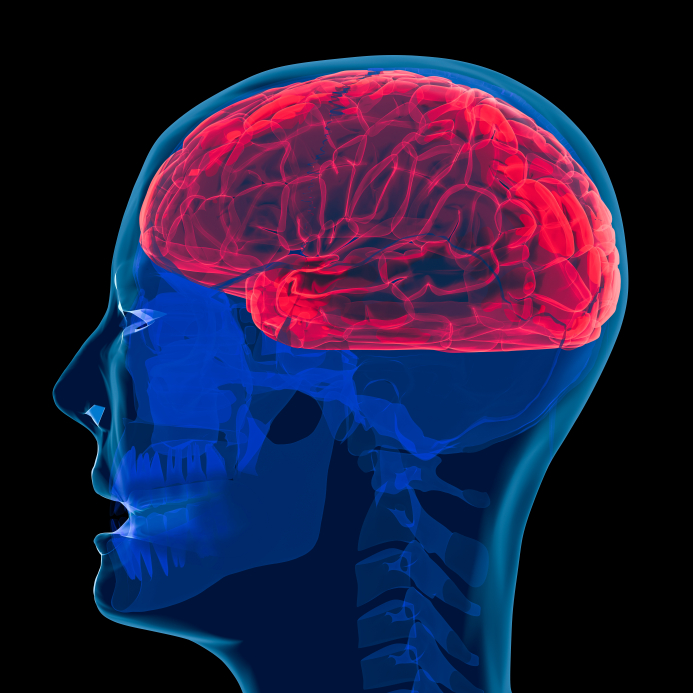 This approach may open the way for new drug delivery strategies for diseases such as brain cancers and Alzheimer’s, conditions typically not amenable to more conventional treatments.
More
This approach may open the way for new drug delivery strategies for diseases such as brain cancers and Alzheimer’s, conditions typically not amenable to more conventional treatments.
More
2012-06-19
Crossing the blood-brain barrier
Researchers from Harvard Medical School showed that repeated treatments with the use of a noninvasive, focused ultrasound device temporarily opened the blood-brain barrier in target discrete regions of the brain while causing no structural or functional damage.
The brain is protected from most toxins and bacterial infections by the blood-brain barrier (BBB), a physical separation between the brain and the circulatory system which normally only permits small, essential molecules like oxygen and glucose through. Large molecules like chemotherapy agents and antibiotics cannot easily permeate the BBB, making it one of the primary obstacles for treating diseases of the brain.
To address this problem, Nathan McDannold, HMS associate professor of radiology at the Brigham and Women’s Hospital and first author on the paper, and Margaret Livingstone, HMS professor of neurobiology, introduced a microbubble contrast agent into the circulatory system of nonhuman primates. Guided by an MRI, they then targeted specific areas of the brain with a device comprised of an array of 1,024 directed ultrasound transmitters, using short bursts at low power. Due most likely to the mechanical stimulation of microbubbles by ultrasound frequencies, the BBB weakened at targeted areas enough for the normally impermeable imaging dye to penetrate the brain. This effect lasts for roughly four hours, and is disruptive enough for drugs and large molecules to enter the brain and target, say, tumors.
 This approach may open the way for new drug delivery strategies for diseases such as brain cancers and Alzheimer’s, conditions typically not amenable to more conventional treatments.
More
This approach may open the way for new drug delivery strategies for diseases such as brain cancers and Alzheimer’s, conditions typically not amenable to more conventional treatments.
More
 This approach may open the way for new drug delivery strategies for diseases such as brain cancers and Alzheimer’s, conditions typically not amenable to more conventional treatments.
More
This approach may open the way for new drug delivery strategies for diseases such as brain cancers and Alzheimer’s, conditions typically not amenable to more conventional treatments.
More
Subskrybuj:
Komentarze do posta (Atom)
Brak komentarzy:
Prześlij komentarz